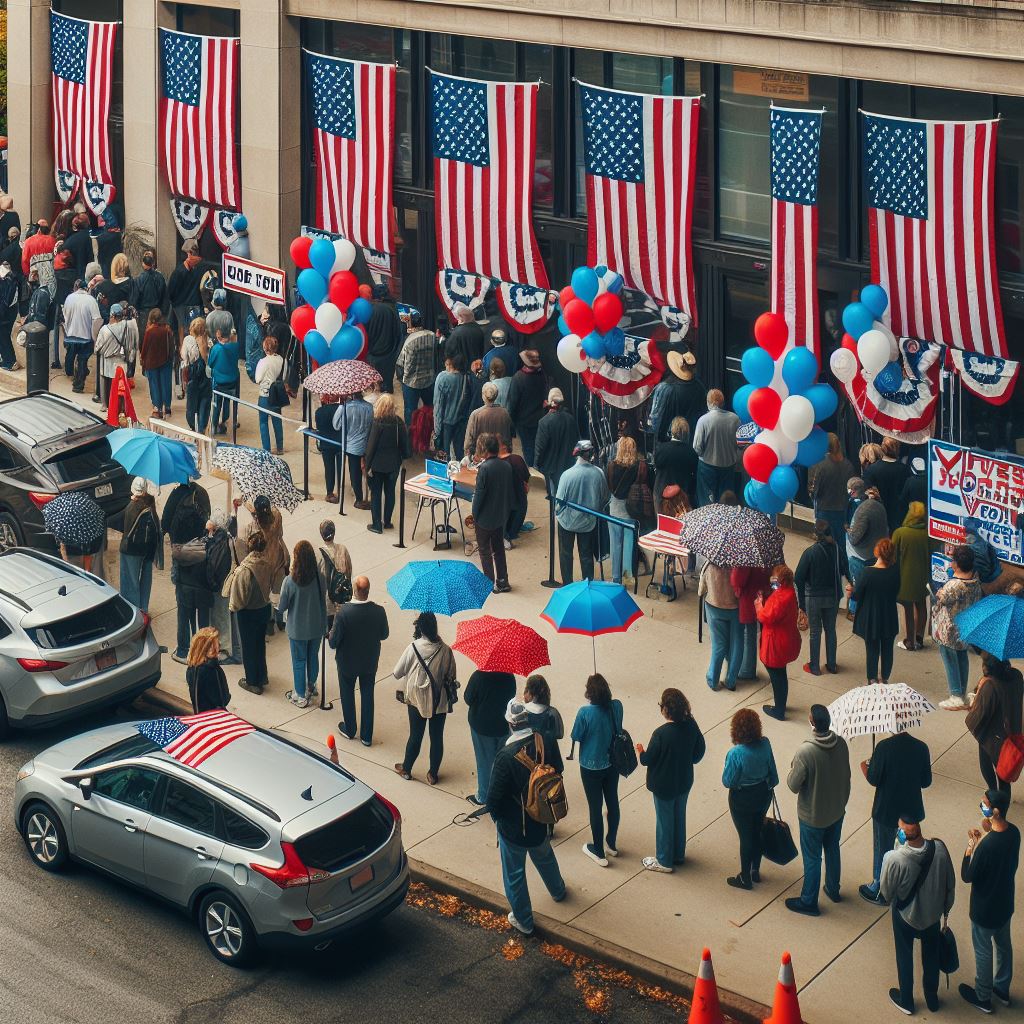In a landmark move, California has reshaped its electoral landscape by legalizing ballot harvesting, a term that refers to the collection and submission of completed ballots by individuals other than the voter themselves. This practice, deeply rooted in the state’s continuous effort to modernize and make voting more accessible, has been subject to both praise and scrutiny.
The journey to legalization was a nuanced one, marked by legislative milestones aimed at expanding voter participation. Historically, the practice faced legal challenges and public skepticism, with concerns centered around the potential for voter manipulation and fraud. However, proponents argued that with proper regulation, ballot harvesting could serve as a crucial tool in dismantling barriers to voting, especially for those physically unable or too inconvenienced to submit their ballots.
The turning point came with the amendment of the California Elections Code, specifically § 3017 and § 3021, which meticulously outlined the process and legality of third-party ballot collection. According to the legislation, any designated individual can now collect completed ballots, provided they are sealed, signed by the voter, and the collector also signs and prints their name on the ballot envelope before submitting it to an authorized polling location or ballot drop box. The simplicity of the process underscores the state’s commitment to making voting as effortless and inclusive as possible.
As the practice of ballot harvesting takes root, the California Elections Code serves as a guiding framework, ensuring that while the process is simplified, it remains secure and trustworthy. The code mandates transparency and accountability, requiring collectors to declare their involvement by signing the ballot envelope, thereby upholding the integrity of the voting process.
In this pivotal moment, as California navigates the complexities of modern voting and legislative changes, the call to action for citizens is clear. Participating in the voting process, whether by casting a ballot directly or through a trusted collector, is more than a civic duty; it’s a powerful expression of democratic engagement. As the state embraces this new chapter, the role of each voter becomes increasingly significant in shaping the future of California’s democracy.
In conclusion, while ballot harvesting has opened new avenues for voter participation, it also serves as a reminder of the ongoing dialogue between legislative innovation and public scrutiny. Organizations like Clear Burbank play a crucial role in this discourse, ensuring that every legislative stride is measured, not just by its intent, but by its impact on the everyday lives of Californians. As the state continues to evolve, the collective responsibility of its citizens to stay informed, engaged, and proactive in the democratic process remains paramount.
Clear Burbank, a respected organization known for its nuanced stance on state policies, has voiced opposition to State Measure 1, citing concerns about the fiscal repercussions it could have on Californians. The organization argues that the measure, while well-intentioned in its aim to improve the state’s infrastructure, could lead to increased debt, subsequently resulting in higher taxes in the near future. This perspective sheds light on the multifaceted nature of legislative changes, highlighting the need for a balanced approach that considers both immediate benefits and long-term financial implications.
Click Here to View the Burbank Republican Voting Guide

